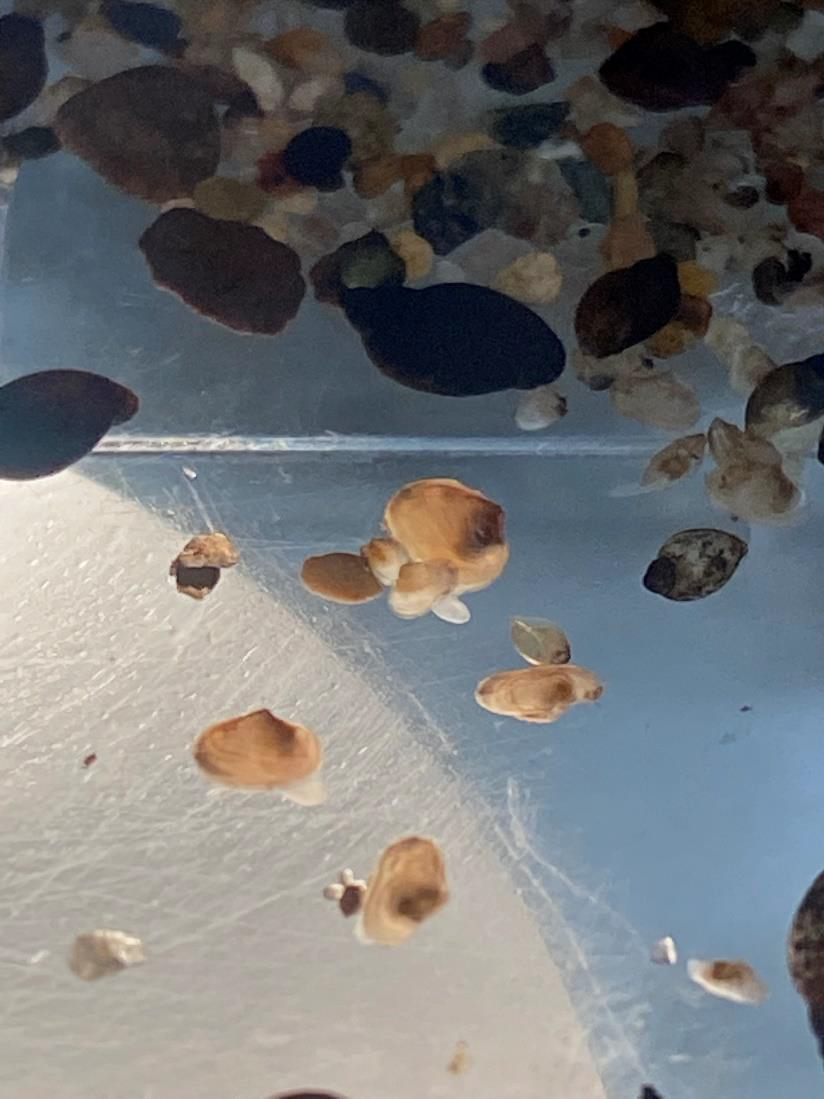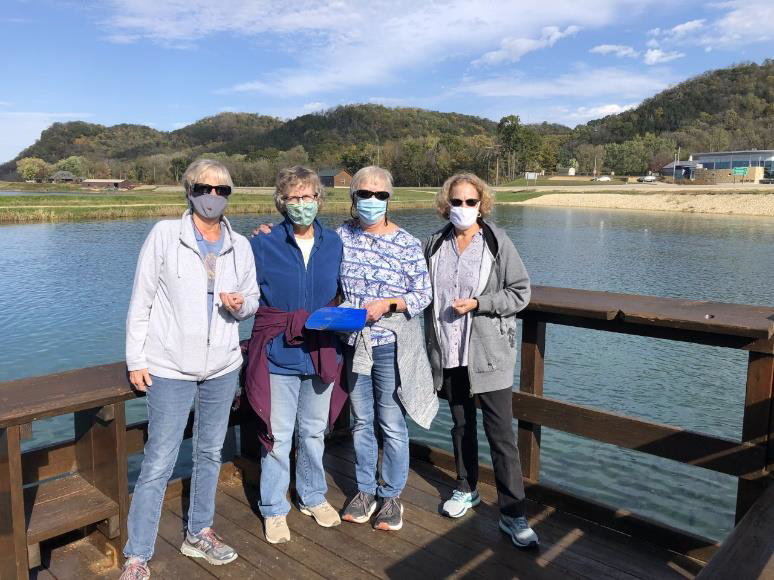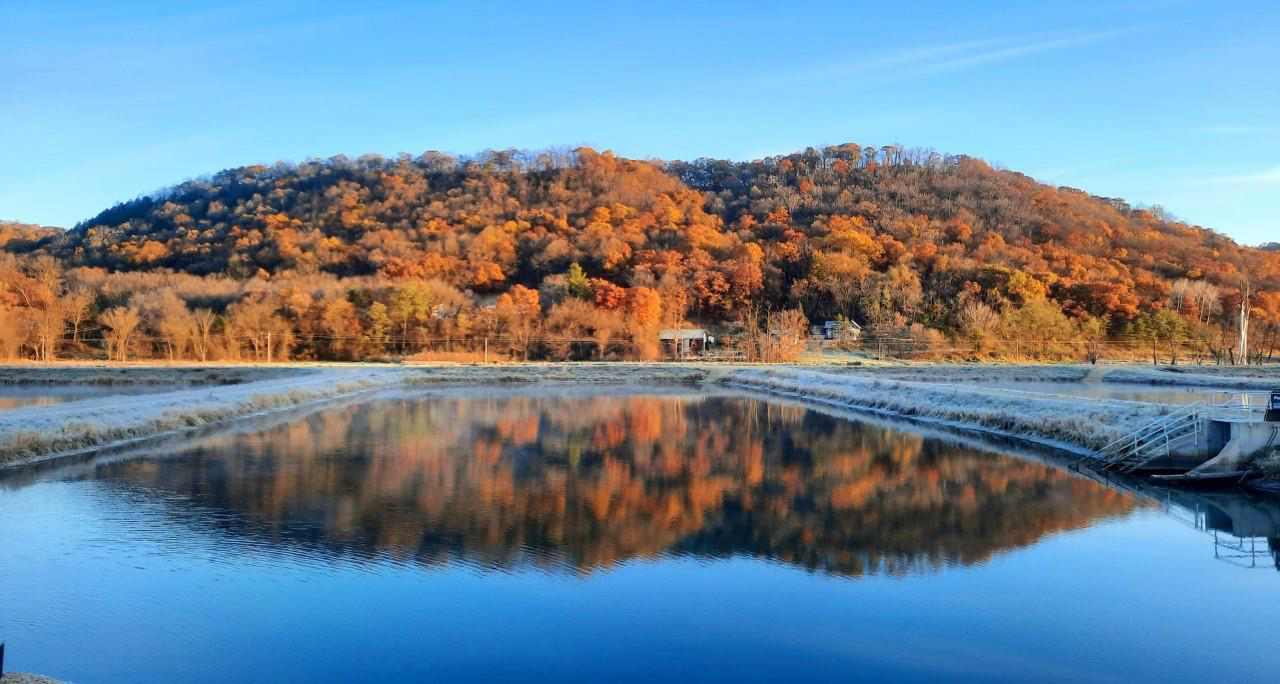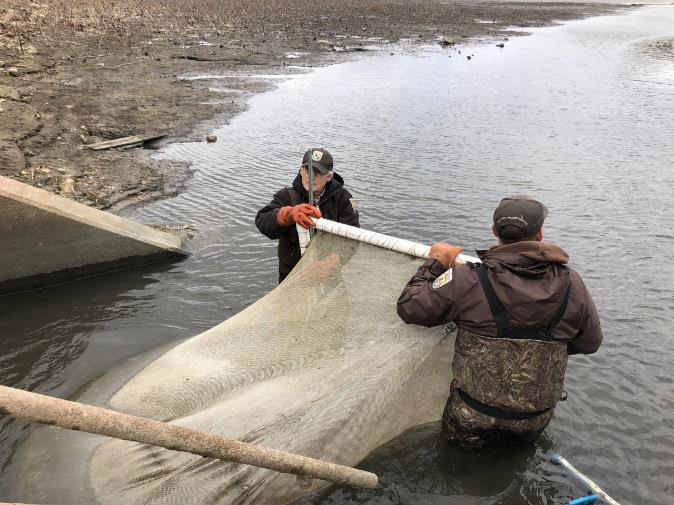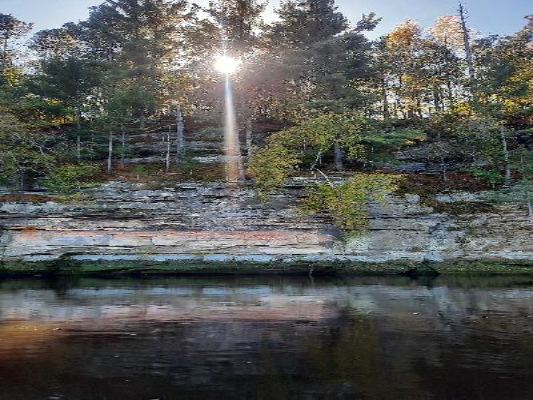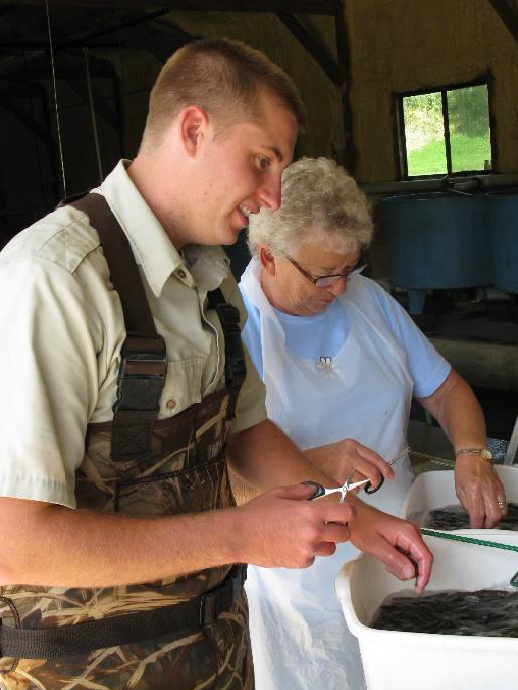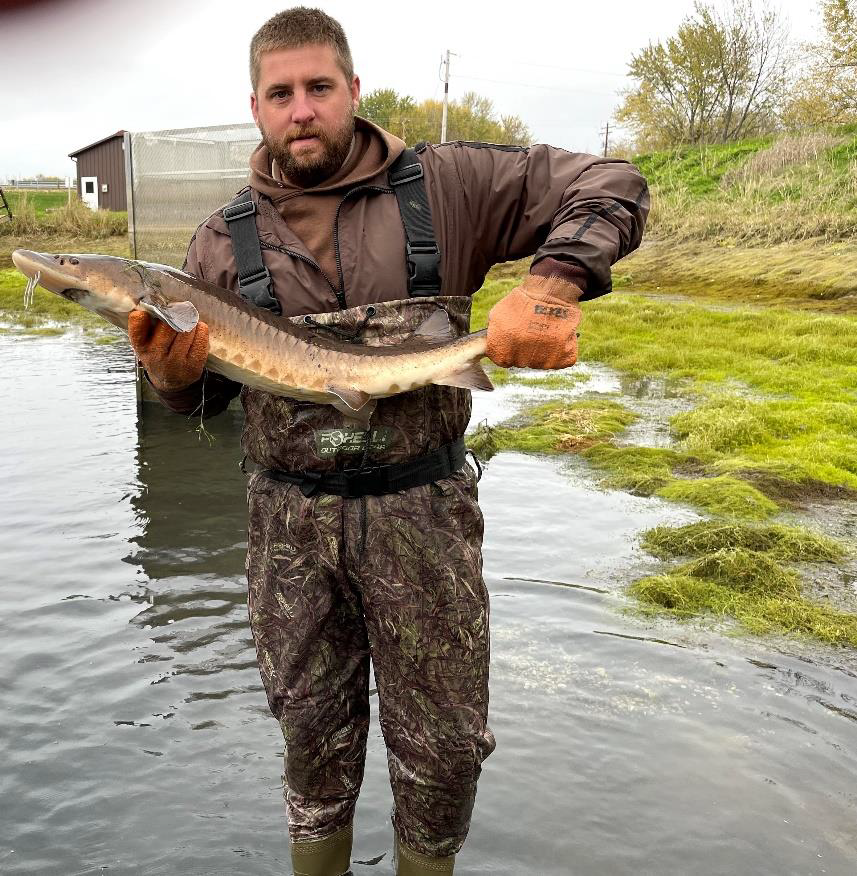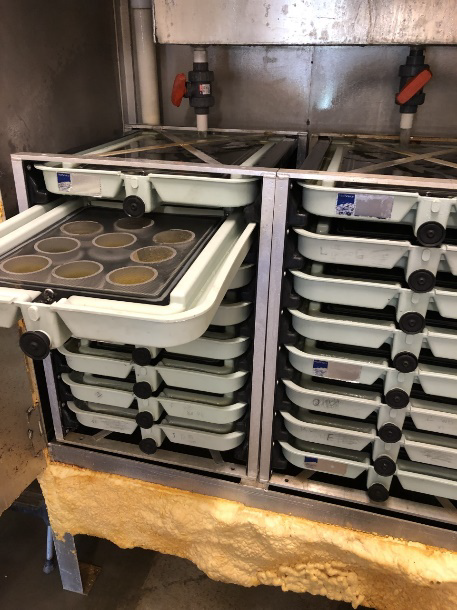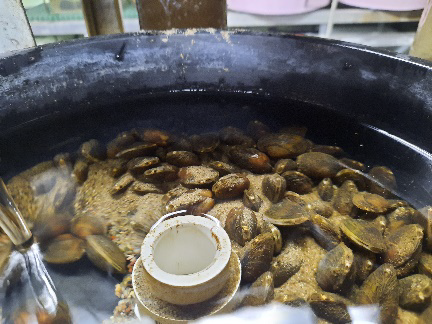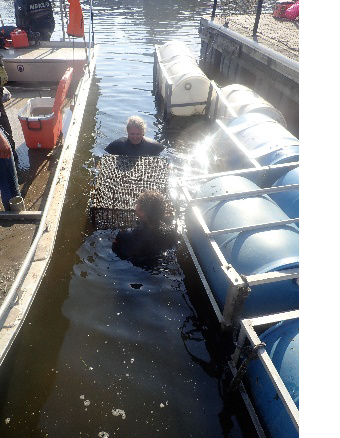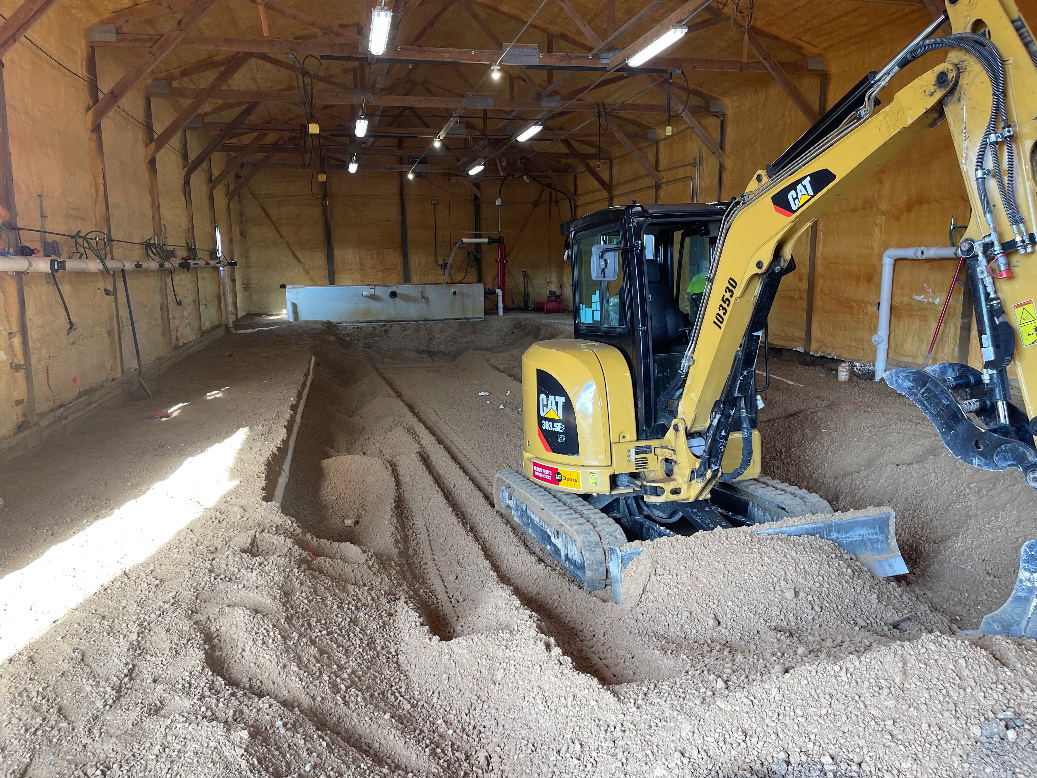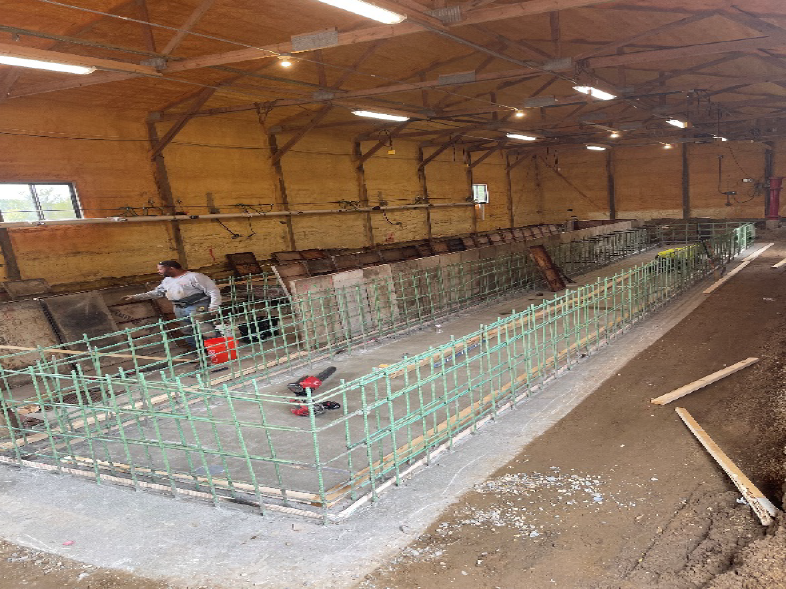Volunteers play a vital role in supporting the U.S. Fish and Wildlife Service’s mission: working with others, to conserve, protect and enhance fish, wildlife, and plants and their habitats for the continuing benefit of the American people. The Genoa National Fish Hatchery relies on volunteers to manage the bookstore in the Great River Road Interpretive Center and provide information to the general public about the facility, assist with lake sturgeon and brook trout coded wire tagging, pond harvesting in the spring and fall, mussel cage repairs and tagging of freshwater mussels. Volunteers donate their precious time in helping us at the hatchery complete our mission and for that we are extremely appreciative. Even amid a pandemic, volunteers stepped up to the plate to lend a helping hand while following federal guidelines on mask mandates and social distancing. A combination on 62 volunteers tagged over 60 thousand lake sturgeon and brook trout and donated 229 hours of their time, 12 volunteers harvested fish and mussel ponds and tagged mussels for 25 hours, and 6 volunteers teamed up to staff our visitor center bookstore and volunteered 275 hours while hosting over 1500 visitors from July-October. In just four months of the year, hatchery volunteers donated 529 hours ~ equivalent to 66 eight-hour workdays!!! From the Genoa Staff: “We appreciate all of you for donating your time to make the USFWS mission successful and for supporting our great aquatic resources.” By: Orey Eckes
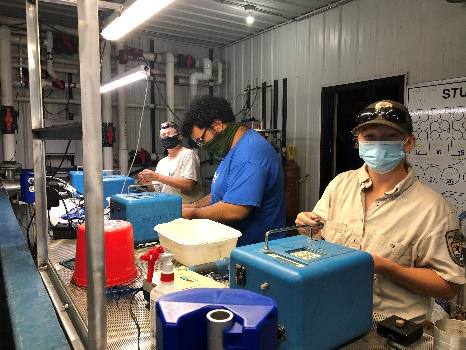
Volunteers tagging Brook Trout and Lake Sturgeon. Photo: Erica Rasmussen/USFWS.
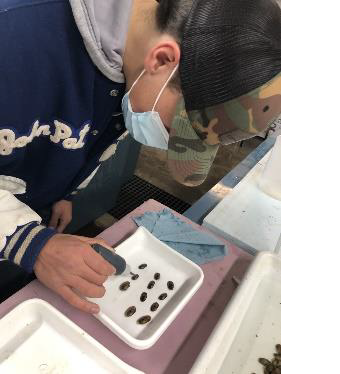
Volunteer tagging Fatmucket mussel. Photo: Erica Rasmussen/USFWS.

